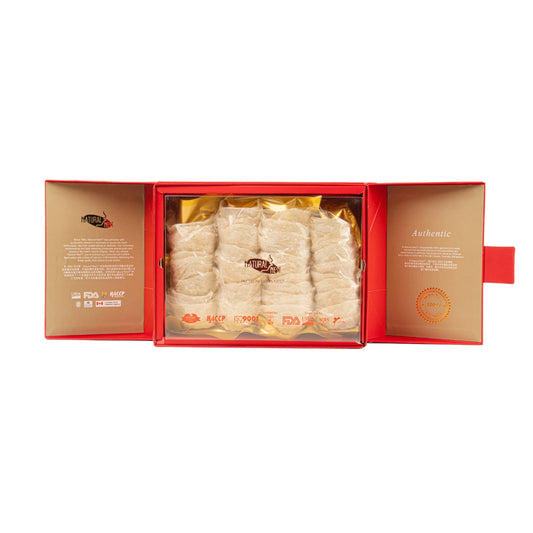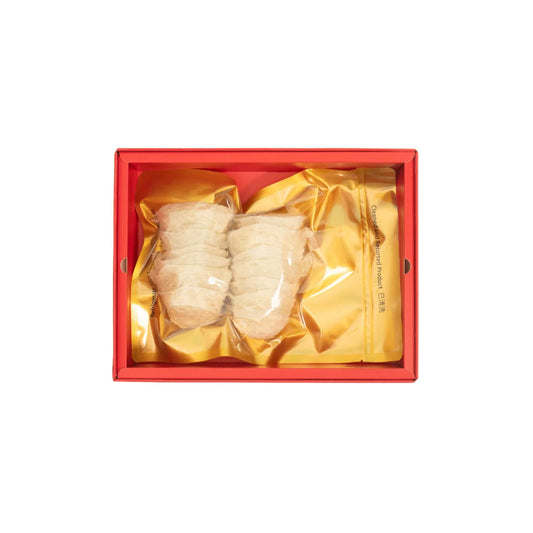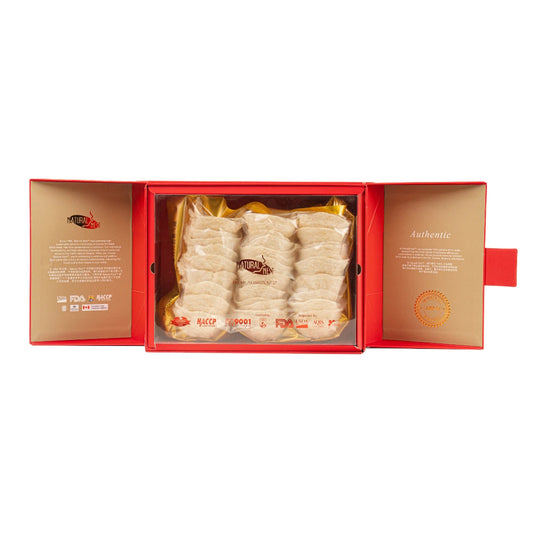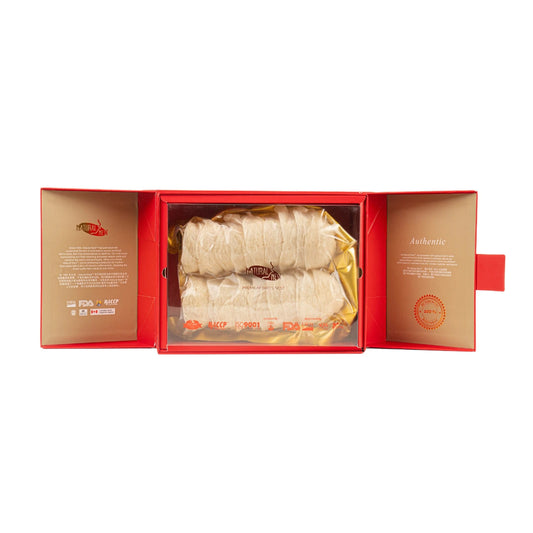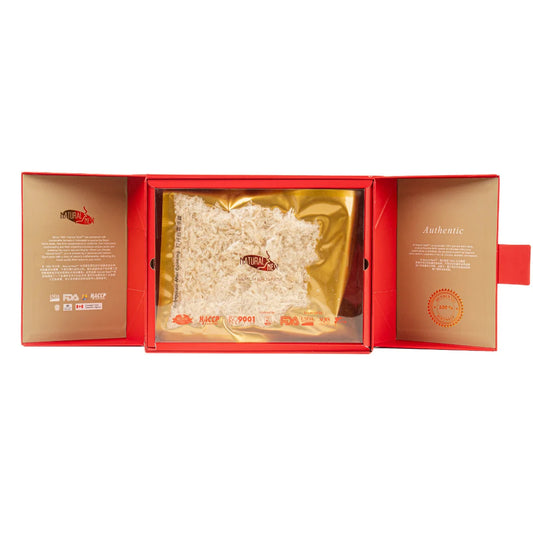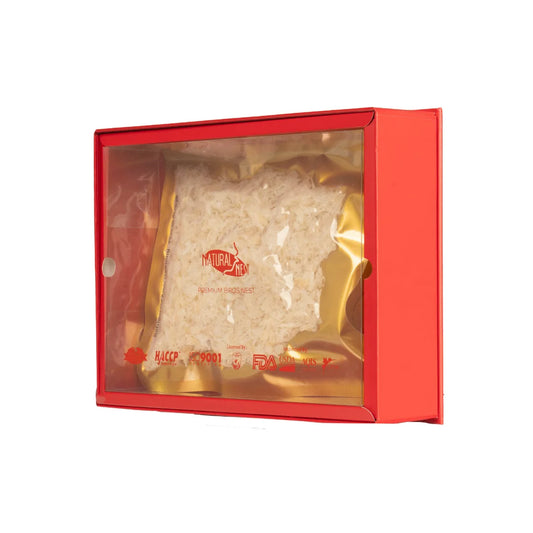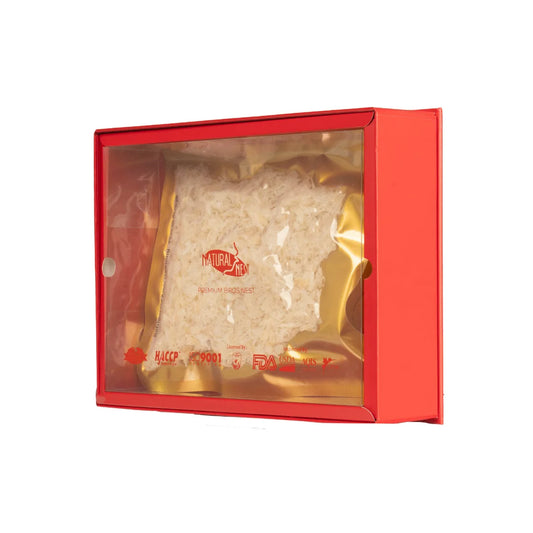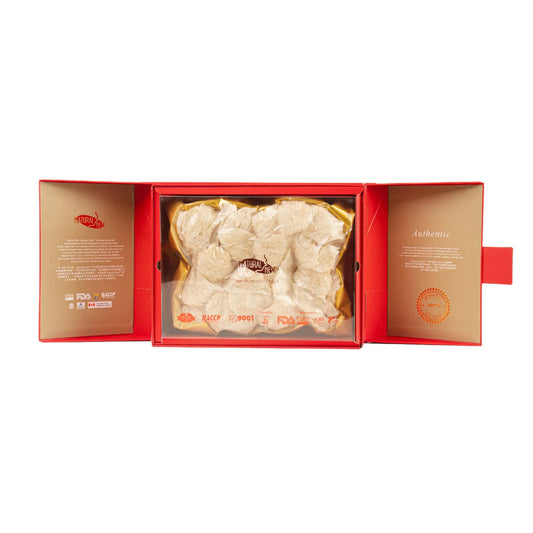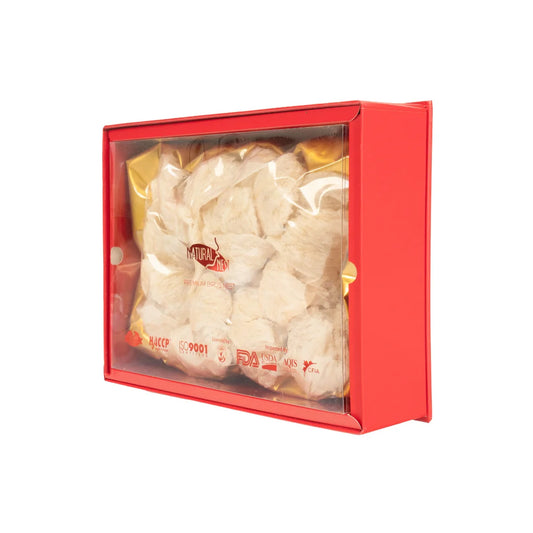In recent years, the demand for White Swallow bird nests has skyrocketed, transforming quiet towns into bustling centers of a multi-billion dollar industry. These edible bird nests, primarily sourced from Southeast Asia, have become a prized commodity, especially in China, where they are considered a luxurious delicacy and a potent health food.

The Rise of Edible Bird's Nests in Myanmar
In the town of Bokpyin, Myanmar, a remarkable shift has occurred. Once known for its production of betel nut, rubber, and palm oil, Bokpyin has now become a hub for the edible bird's nest industry. The transition began about a decade ago when locals noticed swiftlets naturally roosting in some buildings. Enterprising residents, like Paing Set Aung, saw an opportunity and began constructing man-made bird houses to attract more swiftlets and harvest their valuable nests.
"We started making man-made bird nests (houses) 10 years ago," Paing Set Aung explains. "Initially there was a house where the birds came to roost by themselves. After that, people started to construct man-made bird houses."
The economic impact of this industry on the local community has been significant. Traders can charge around $2,000 for a viss (approximately 1.63 kilograms) of these tiny White bird nests. To put this in perspective, this amount exceeds the average annual income of a person in Myanmar.
The Global Demand for Swallow Bird Nest
The popularity of edible bird's nests, particularly White Swallow bird nests, extends far beyond Myanmar. The global edible bird's nest industry is estimated to be worth a staggering $5 billion, with most of the production centered in Southeast Asia. Myanmar's exports have seen a substantial increase since 2011, coinciding with the country's political shift from military rule to a quasi-civilian government.
China remains the top buyer of these prized nests. Traditionally, edible bird's nests were consumed primarily by the wealthy elite during lavish banquets. However, with China's growing middle class, the demand has expanded significantly. The nests are now sought after by a broader range of consumers, driving up both demand and prices.
The Science Behind Edible Bird's Nests
What makes these Swallow bird nests so valuable? The nests are composed almost entirely of the swiftlet's saliva, which hardens when exposed to air. This unique composition results in a product rich in proteins, amino acids, and other nutrients that are believed to have various health benefits.
Edible bird's nests, especially the white variety, are prized for their supposed ability to:
- Boost the immune system
- Improve skin complexion
- Enhance respiratory health
- Increase energy and vitality
- Aid in recovery from illness
While scientific research is ongoing, the centuries-old tradition of consuming these nests for health benefits continues to drive their popularity.
The Impact on Local Economies
The edible bird's nest industry has become a significant economic driver in many Southeast Asian communities. In Bokpyin, for instance, local entrepreneur Lin Aung has expanded his business rapidly. "Bird nests are one of the main businesses in Bokpyin," he says. "I built my first house five years ago and am now on my third."
This growth has created new job opportunities, from constructing and maintaining the bird houses to harvesting and processing the nests. It has also spawned supporting industries, such as specialized cleaning services and export businesses.
Challenges and Sustainability Concerns
While the industry has brought economic benefits, it also faces challenges. The high value of edible bird's nests has led to concerns about overharvesting and the impact on swiftlet populations. Additionally, the construction of man-made bird houses must be carefully managed to ensure they don't negatively affect urban development or natural habitats.
Efforts are being made to implement sustainable harvesting practices and to regulate the industry to protect both the birds and the long-term viability of the trade.
Conclusion
The rise of the White Swallow bird's nest industry represents a fascinating intersection of traditional practices, economic opportunity, and evolving consumer trends. As demand continues to grow, particularly from China's expanding middle class, the industry is likely to remain a significant contributor to the economies of Southeast Asian countries like Myanmar.
For consumers interested in experiencing this unique delicacy, it's crucial to source Edible bird's nests from reputable suppliers who prioritize quality and ethical harvesting practices. As the industry evolves, balancing economic benefits with sustainability will be key to ensuring that the swiftlets and their valuable nests continue to thrive for generations to come.

